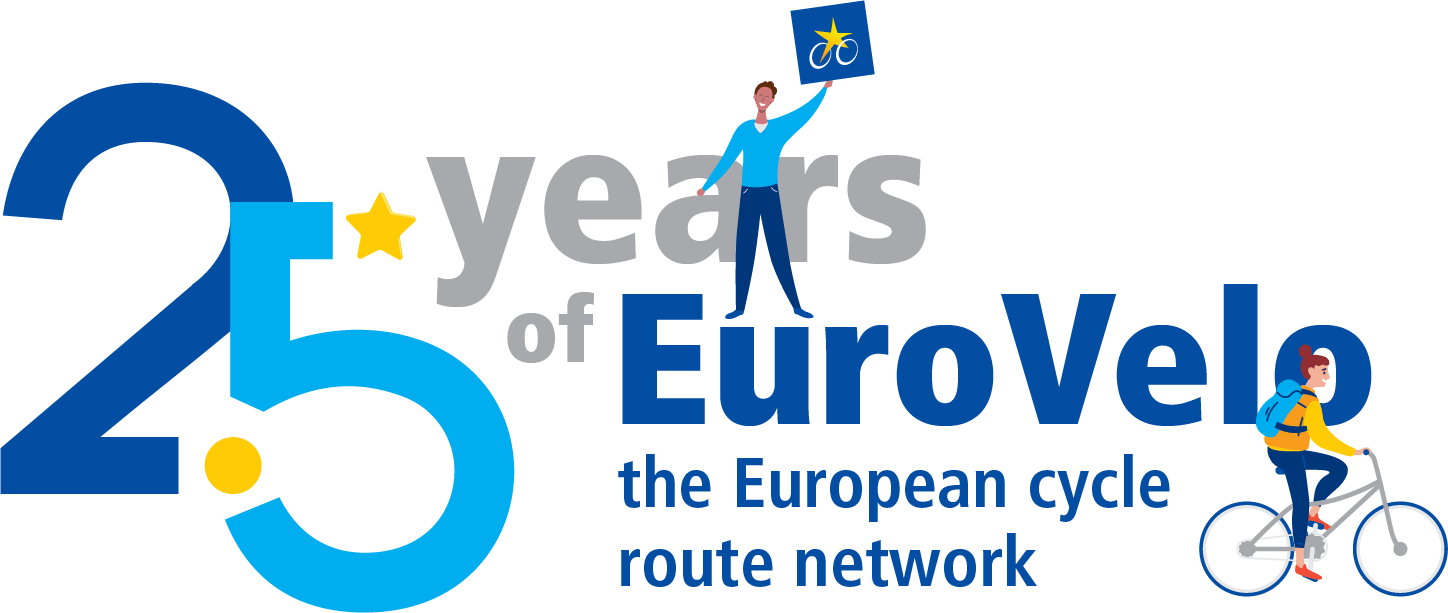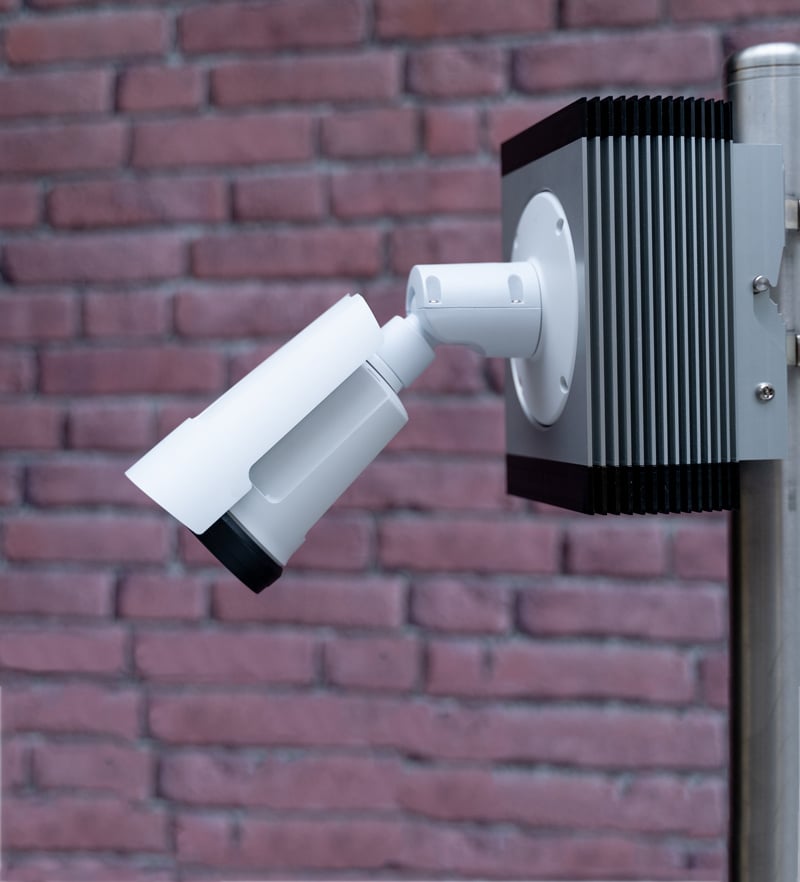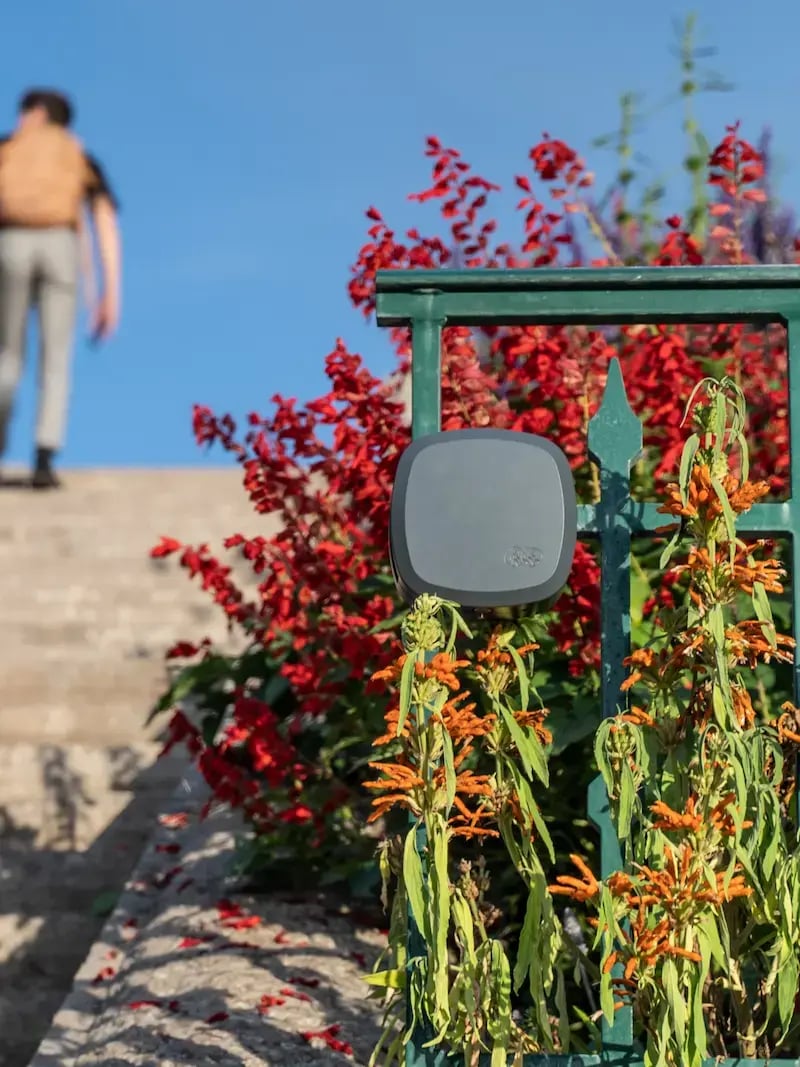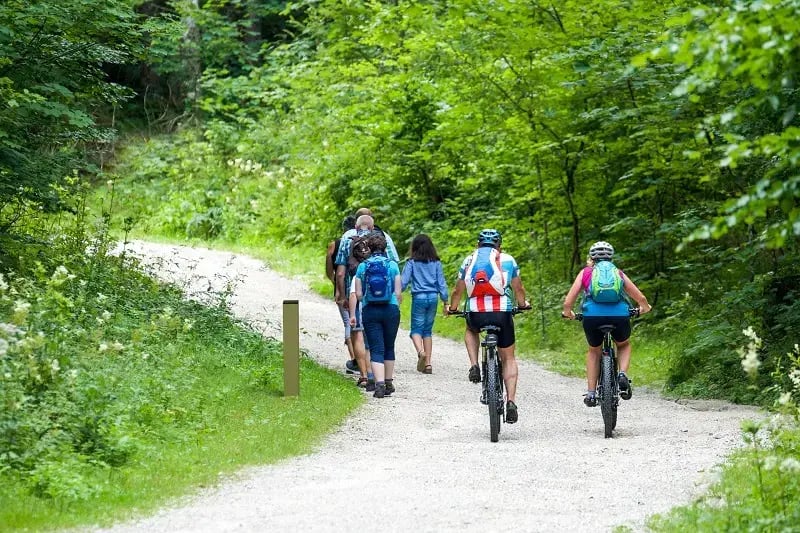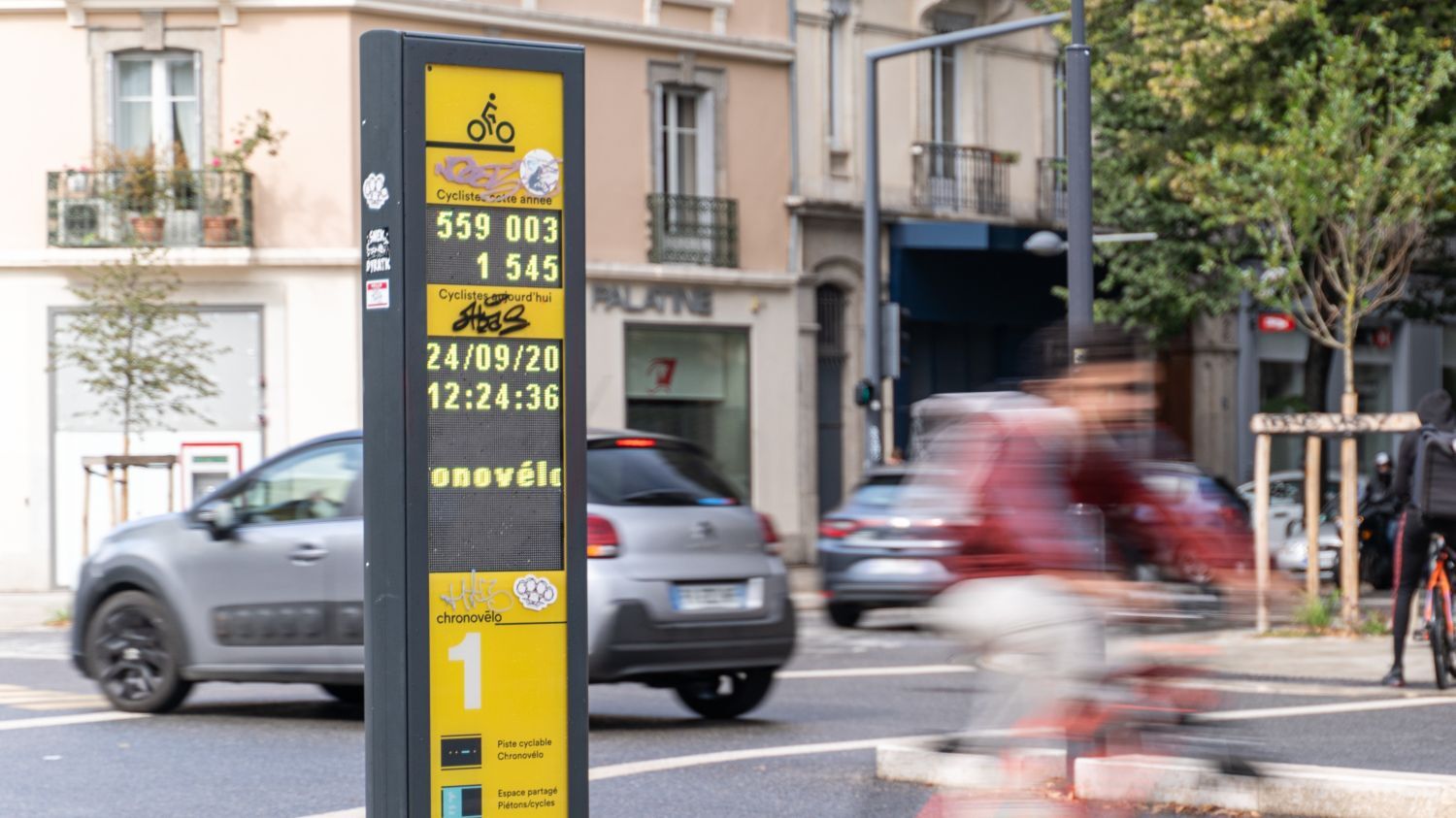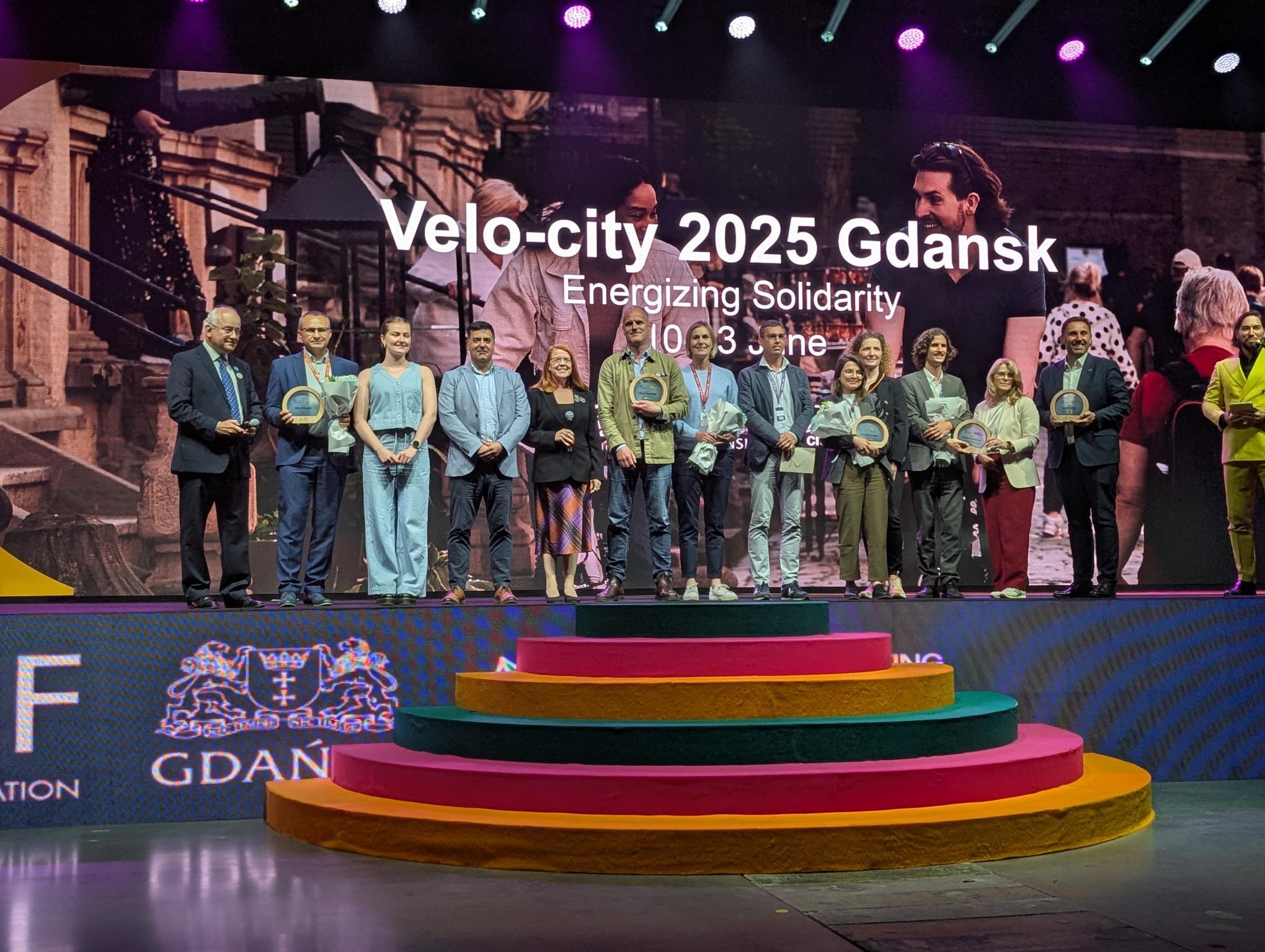
This event was the opportunity for us to present the trends of bicycle tourism in Europe (« EuroVelo Barometer ») already presented during the 2020 and 2021 editions of the international event Velo-City.
This barometer is based on data from 170 counters in 18 different countries and 10 EuroVelo routes (European cycle tourism routes).
2022 trends: an increase in bicycle traffic compared to 2019

The first analyses show an increase in bicycle ridership on the EuroVelo network between 2022 and 2019 (still taken as the reference year to limit the « COVID effect »). The increase is uniform between weekdays, weekends, and when analyzing full weeks. On average, for the entire period, there is an 11% increase in bicycle traffic between 2019 and 2022.
And here are the details of the increases by route:

Digging deeper, we see that all routes see an increase in traffic, from the slightest to the most pronounced.
Notably, this increase is observed on weekdays as well as weekends, which highlights the dual use of the analyzed routes: utilitarian (weekday bike traffic) as well as tourist (typically, for weekend riding). The figures therefore corroborate the statements that emphasize the interest in developing this type of route, both to attract tourists and to serve the daily mobility of locals, as the European route can be at the heart of a community’s mobility strategy.

To illustrate this European trend more concretely and locally, two specific sites were also analyzed: Le Pellerin in France and Am Strande in Germany. The first is located on EuroVelo route n°6 (Atlantic Black Sea), the second on route n°7 (« Sun Route »).

On this French site, we can observe that bicycle traffic has been constantly increasing since 2019. As Audrey DE COSTER, from the Loire-Atlantique Department, in charge of the counter, notes, « The constant increase in the number of cyclists on this site is due to a significant increase in cyclo-tourists who use the Loire by bike from Nantes to Saint-Brévin. »

In Germany, on the Am Strande site, bicycle ridership, while peaking significantly in 2020 (+13% vs. 2019), returned to levels closer to those of 2019 in 2021 and 2022 (slightly increasing nonetheless), a trend also visible on a few routes analyzed.
To learn more about our bicycle counters for tourist routes, you can visit our dedicated page.

